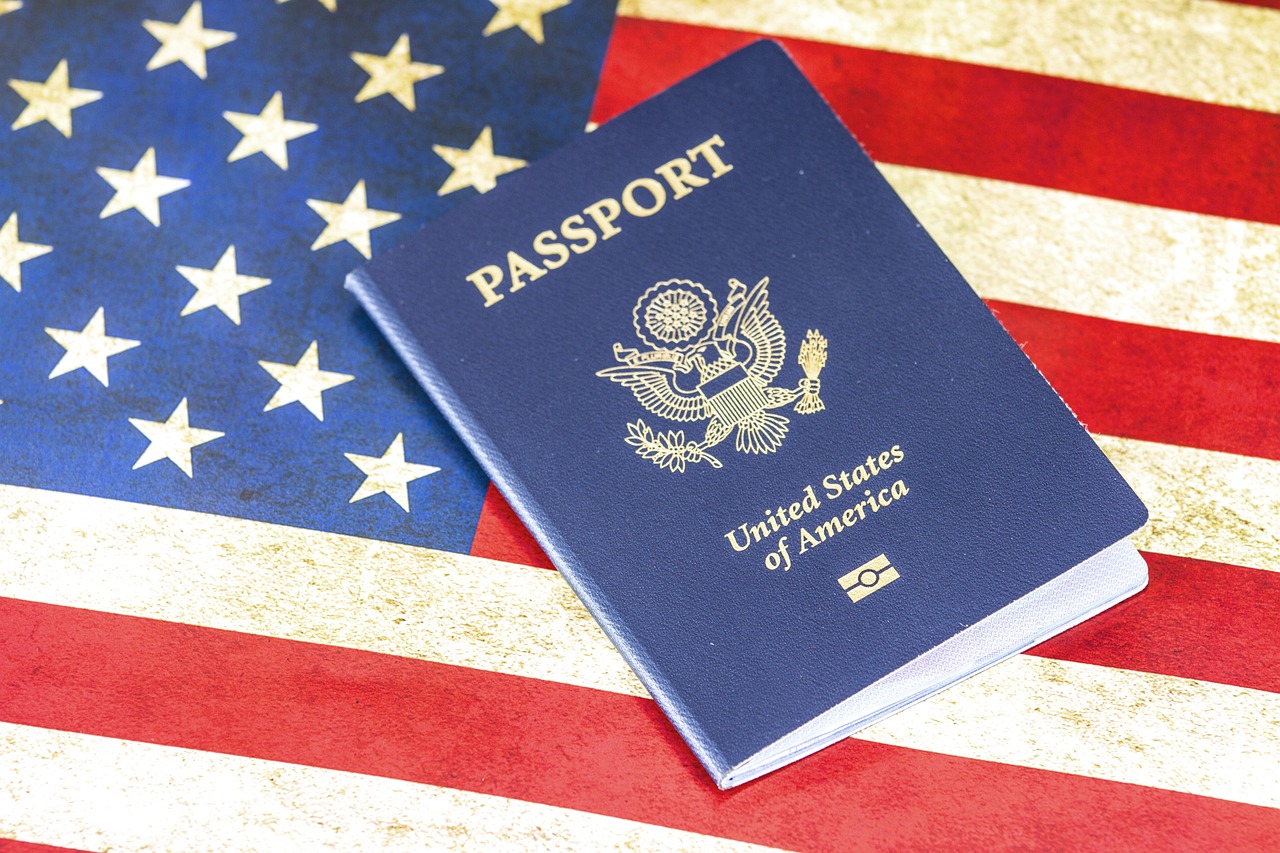Disclosure: This post contains affiliate links. We may earn a commission if you make a purchase through these links, at no extra cost to you.
Overview: E-1 and E-2 visas are designed for nationals of countries with treaties of commerce and navigation with the U.S. The E-1 visa is for those involved in significant trade activities primarily between the U.S. and their home country. The E-2 visa is for individuals who are investing or are in the process of investing a substantial amount of capital in a U.S. enterprise. These visas facilitate economic interactions between the U.S. and other countries but are non-immigrant and thus temporary.
Application Review Period: Due to high demand, the review period for new E visa applications takes approximately 3–4 weeks. Applicants should wait until this period has passed before inquiring about their application status. It is important to note that the completion of the document review does not guarantee visa approval.
Visa Purposes:
- E-1 Visa: For those looking to engage in substantial trade between the U.S. and their treaty country.
- E-2 Visa: For individuals aiming to develop and manage operations of an enterprise in which they have invested, or are in the process of investing, a significant amount of capital.
Visa Eligibility and Renewal: E visas are temporary and can only be renewed or extended if the trade or investment continues to comply with U.S. immigration laws and regulations. Individuals wishing to stay in the U.S. indefinitely must apply for an appropriate immigrant visa.
Step-by-Step Application Process:
- Complete the DS-160 Form: Begin your application by filling out the DS-160 form at the Consular Electronic Application Center.
- Create an Account: Register on the official U.S. Department of State Visa Appointment Service website, select your courier location, and pay the visa fee.
- Submit Required Documents: Email the necessary documents to the consular section, adhering to specific guidelines regarding file format and size.
- Schedule an Appointment: Once your application has been reviewed and approved by the consular section, schedule your interview. Note that scheduling an appointment before receiving approval will result in cancellation.
- Attend the Interview: On the day of your interview, bring your current and old passports, as well as a recent passport-style photograph.
Document Submission Guidelines:
- Format and Size: All documents must be submitted as a single PDF attachment, no larger than 20MB and not exceeding 70 pages. Zip files and online shared folders are not accepted.
- Contents: Your submission should include forms DS-160, DS-156E, civil documents, passport bio-page copies, and organized supporting documentation.
Avoid Common Mistakes:
- Do not include irrelevant documents like hotel and airline receipts.
- Avoid using jargon or industry-specific buzzwords that might not be understood by the visa processing team.
Organizing Your E-Visa Packet: Your E-visa packet should be structured into clearly labeled sections, including:
- Payment Proof: Evidence of visa application fee payment.
- Form Confirmations: DS-160 Form confirmation page for all applicants.
- Legal Documentation: Signed DS-156E form by a company officer authorized to act on its behalf.
- Cover Letter: A detailed letter summarizing how the applicant and the enterprise meet E-visa requirements.
- Table of Contents: A comprehensive index of all included documents.
- Dependent Documentation: Civil documents establishing relationships between the principal applicant and dependents.
- Supporting Evidence: Detailed evidence of trade (for E-1) or investment (for E-2), including proof of nationality, ownership, and business operations.
Document Checklist:
- Nationality Proof: Photocopy of passport biographical page and legal status evidence in Paraguay.
- Ownership Proof: Business registration documents, partnership agreements, or corporate stock certificates.
- Trade Evidence (E-1): Purchase orders, sales contracts, and other documents showing substantial trade between the U.S. and the treaty country.
- Investment Evidence (E-2): For existing enterprises, provide tax valuations or market appraisals. For new enterprises, include startup cost estimates and detailed accounting of investment sources.
- Business Operations: Proof of a real and operating commercial enterprise, such as business licenses, sales tax receipts, and financial statements.
- Executive and Specialized Skills: Letters detailing the applicant’s role, responsibilities, and reasons for assignment to the U.S., along with organizational charts and evidence of specialized skills.
By following these guidelines and ensuring that all documents are complete, organized, and properly formatted, you can help ensure a smoother and more efficient review process for your E-visa application. For further details and specific document examples, you can refer to the official U.S. Department of State resources.
